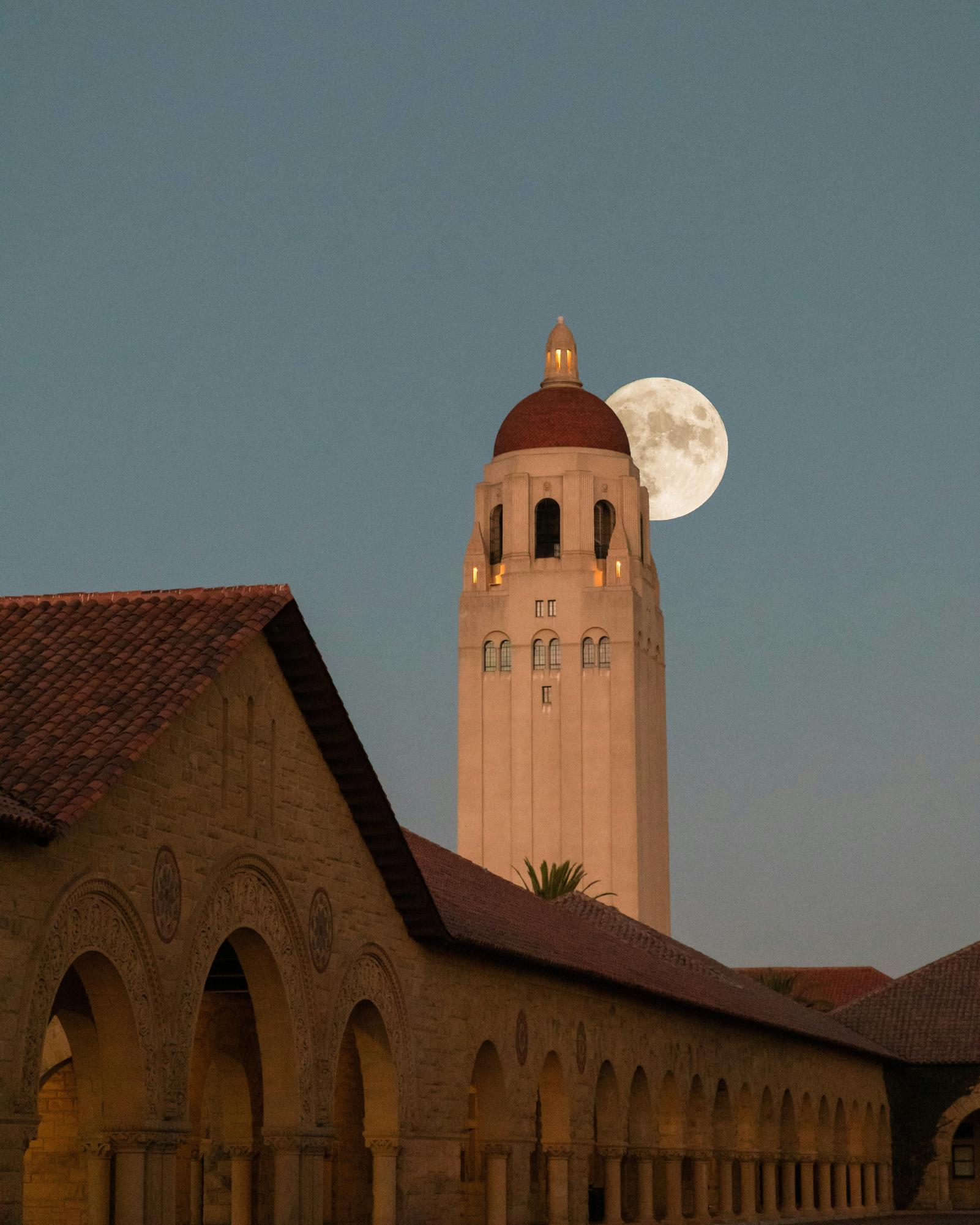As the debates over college admissions continue to evolve, legacy admissions have come under scrutiny. On September 30, Governor Gavin Newsom signed a bill into law banning legacy admissions in California. Legacy admissions, the practice of admitting applicants based on alumni and donor connections, have long been controversial, and the ban is an effort to increase accessibility and fairness. But was this ban truly the best decision for California colleges and students?
Ever since the creation of the college admissions system, it has been inherently skewed to benefit the wealthy. Legacy admissions help secure the spots of affluent children in prestigious schools before they’re even born. Currently, Ivy League schools are twice as likely to accept rich students as other students, with children from families in the top 1% of wealth having a 34% greater chance of admission. Even if these students have the same grades, the same SAT scores, the same extracurriculars…it’s almost like being wealthy is a credential of its own, with colleges choosing well off students over others who are just as qualified. Legacy admissions are often to blame, giving a helping hand to students of alumni, while simultaneously making it harder for hardworking, lower-income students to get into prestigious colleges. This problem is widely prevalent today, with many of the most prestigious colleges having a large portion of legacy admissions. In fact, in Yale’s class of 2025, 14%, or around three hundred of its students, were legacy admissions. In other words, hundreds of other students were denied admission due to their lack of connections. This reinforces the cycle of inequality, promoting a world where the wealthy remain favored and privileged. In so doing, legacy admissions only exacerbate current wealth and racial disparities. Low income students are already faced with an uphill battle, having to contend with inequality in nearly every aspect of life. Everyone must do their part to create an equitable society. For colleges, banning legacy admissions is a step in the right direction.
Banning legacy admissions is often viewed as a move toward a more equitable college admissions system, ensuring all applicants are judged on their merit rather than their parents’ connections. However, eliminating legacy admissions doesn’t resolve the deeper inequalities in the admissions process. Wealthy families can still afford additional resources like college counselors, tutors, and SAT prep courses, giving them a competitive edge. In fact, without legacy admissions, it’s likely that wealthy individuals will be the ones to take the spots previously held by legacy students, potentially worsening disparities for lower-income applicants.
Legacy admissions also have benefits beyond their typical image of unfairness. One significant advantage is the sense of community they foster among alumni and current students. When universities prioritize the children of former students, they cultivate a culture of loyalty and belonging. This connection can lead to increased alumni engagement, resulting in greater financial support and mentorship opportunities for current students. A strong alumni network not only enhances the educational experience but also creates a pipeline for career opportunities. These opportunities and connections are especially valuable to less privileged students, who lack the networking and influence of their privileged counterparts.
Finally, legacy admissions play a crucial role in ensuring institutional stability. Many universities rely on loyal alumni for financial support, research initiatives, and programs. A lack of donations could strain resources for all students, particularly those from low-income backgrounds. A study comparing Harvard and Oxford highlights this issue: Oxford, which has banned legacy admissions, has experienced a drop in donations, and struggles to provide adequate aid, creating barriers for qualified students based on income and background. In contrast, Harvard, which has legacy admissions, offers substantial financial aid to over half its students, enabling many who would otherwise be excluded to access education.
In the end, California’s ban on legacy admissions marks a significant move toward a more equitable college admissions process, yet it raises important questions about its broader implications. While eliminating legacy preferences can enhance fairness, it doesn’t fully address the systemic advantages that wealthier families maintain. Additionally, the benefits of legacy admissions, such as fostering community and supporting institutional stability, highlight their role in higher education. Moving forward, the focus should shift to comprehensive reforms that tackle the root causes of inequality in admissions, ensuring all students have a fair chance to succeed.

